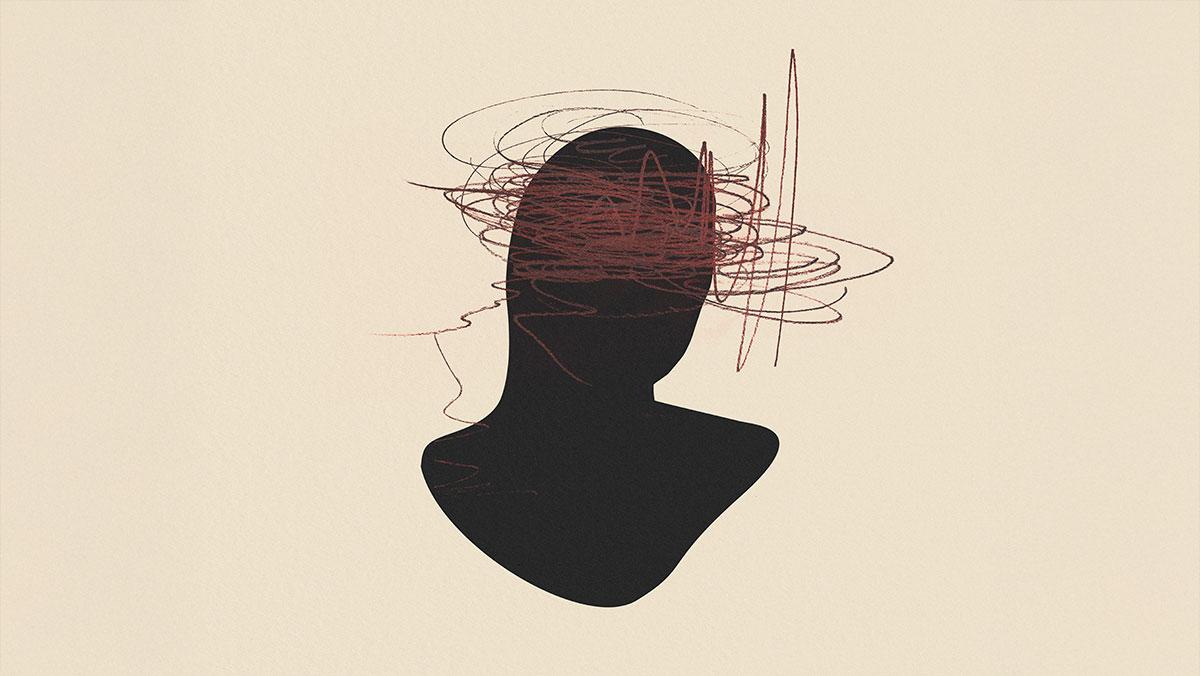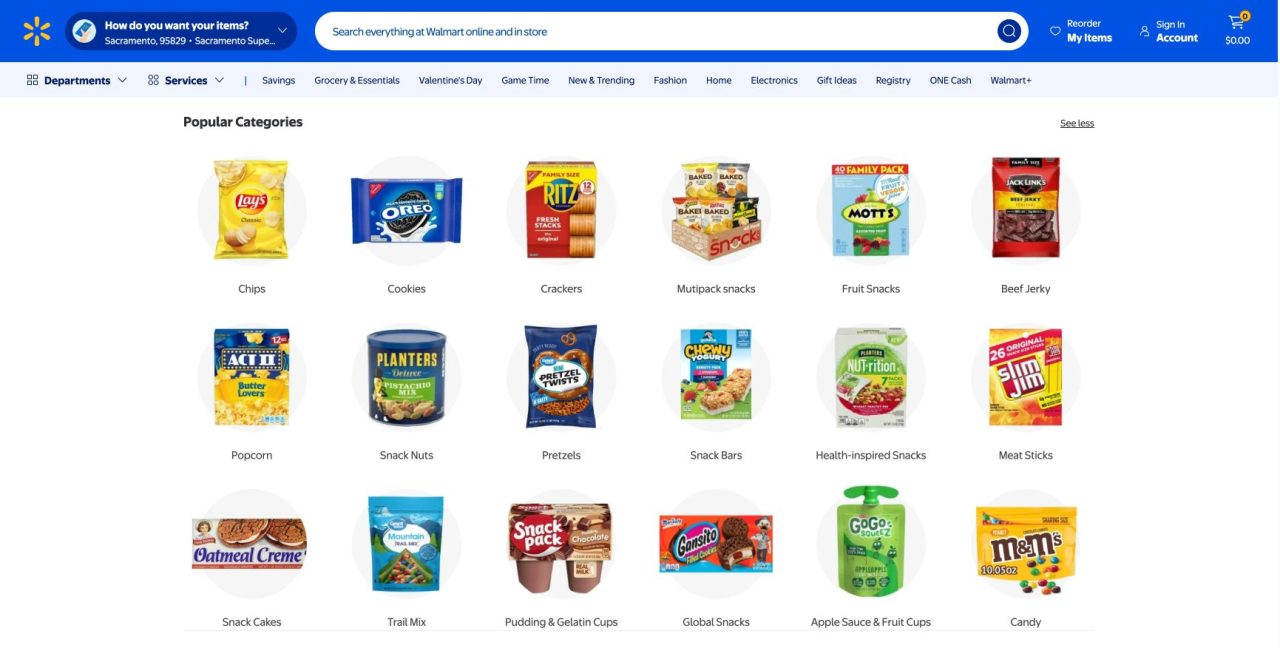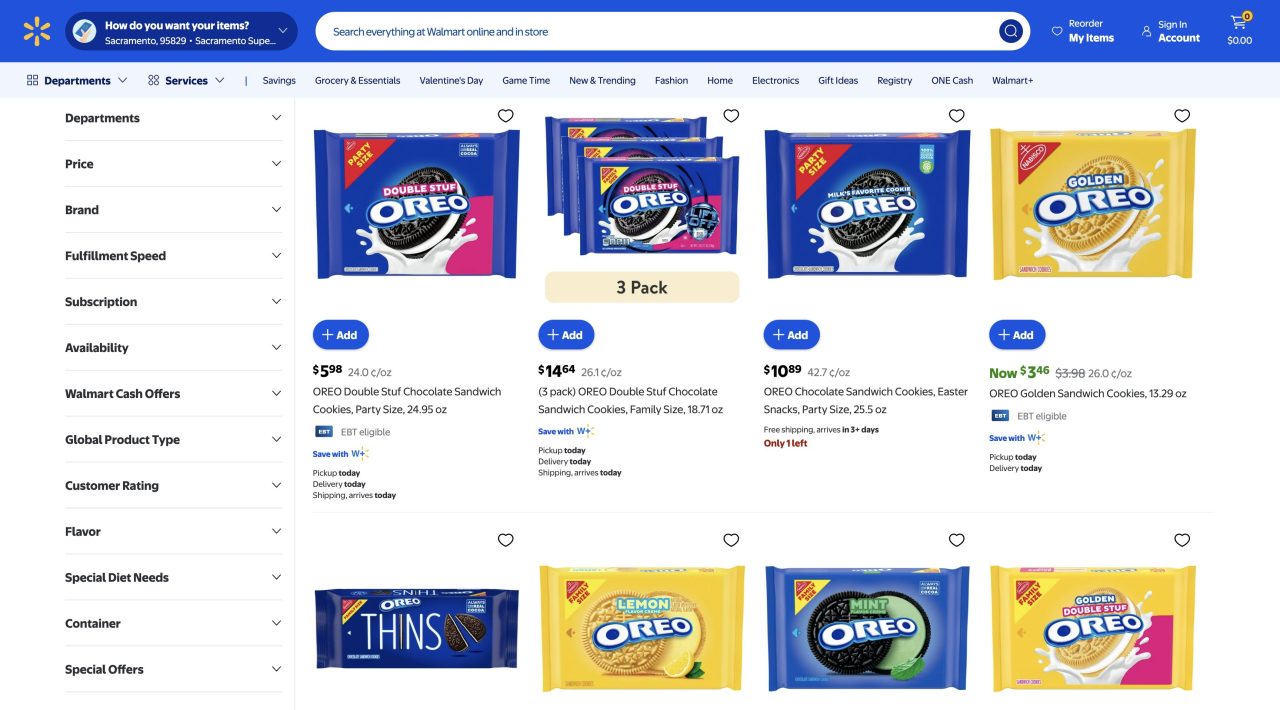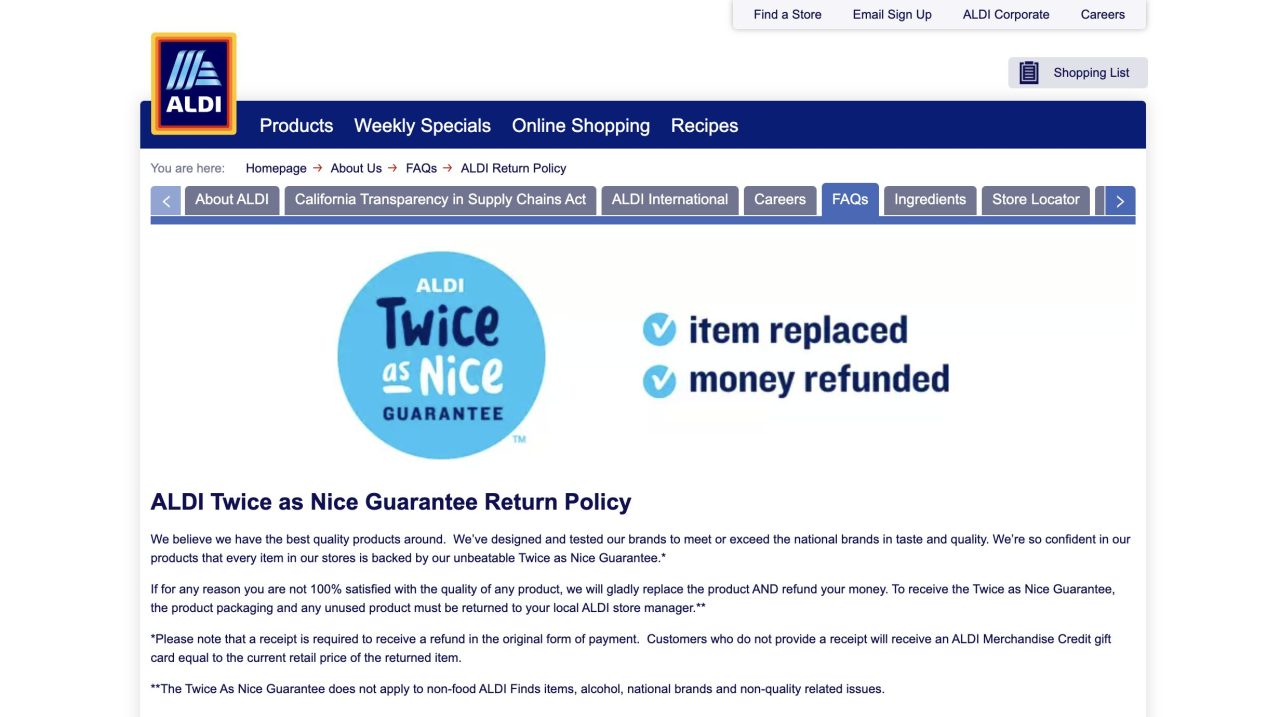
This is the tenth installment in a series that unpacks the decision-making factors behind shopper and consumer behavior. A series that focuses on the four drivers of behavior and five barriers that hinder decision making—all factors based on a wealth of knowledge from the worlds of psychology and behavioral science.
Together, these foundational WHYs provide a framework with which to reliably assess what’s driving your business, what’s hindering your results, and what you can do to dramatically influence people’s real-world behavior.
This installment unpacks one of the almost cliché words used daily in marketing circles the world over: emotion. And while brand advocates everywhere nod in agreement as to the importance of understanding consumer emotions in decision making, the word is often used to describe the vague notion of “feelings”.
But the concept of emotion—and more specifically, emotional barriers—is much more tangible than many recognize.
“Marketers really underestimate the ‘mental work’ consumers have to complete in making decisions… There’s real power in reducing this mental friction to enable effortless decision making.” – T. Sigi Hale, PhD
There’s a scientific foundation dedicated to not only understanding what drives consumer decision making, but also what prevents a given decision from being made. The academic discipline is called Cognitive Ergonomics which, in layman terms, means reducing the perceived barriers to making decisions. But you can also call it “sludges”, the inverse of the celebrated concept of so-called “nudges”.
We’ve delved into others via previous articles, but this fifth barrier (the emotional one) is what we’re focusing on here. And it relates to both shopping and consumption considerations. Think of them as the emotional consequences weighed during a purchase decision.
There are essentially two forms of the dreaded emotional “sludge” that can slow or derail consumer behavior:
- Mental effort—Brand use hindered by the sustained attention or thought that it demands
- Fear of disappointment—Brand use hindered by the fear of being disappointed by the product, service, or overall experience.
First emotional barrier to brand use: Mental effort
Each day comes with a constant barrage of attention-demanding stimuli from our environments and screens. And while most people recognize this overwhelmed feeling, nowhere is it more pronounced than in the context of something as mundane as grocery shopping.
Many retailers have ramped up their eCommerce programs, ostensibly to make shopping easier—faster, more convenient, and so on. However, many category experts have concluded that shoppers concerned with these “convenience” factors actually prefer bricks over clicks. They perceive walking through the physical store as being easier.
Why?
Imagine you’re grocery shopping on Walmart’s website, for example. You type “snacks” into the search bar or navigate to the dropdown, and you end up seeing something like this:
 For better or worse, the page proceeds to scroll indefinitely, bringing you snack after snack after snack to browse. The assortment is impressive, sure, and it seems every snack in every packaging imaginable is available.
For better or worse, the page proceeds to scroll indefinitely, bringing you snack after snack after snack to browse. The assortment is impressive, sure, and it seems every snack in every packaging imaginable is available.
Even if you know exactly what you’re looking for, choice overload ensues. Take Oreo cookies, for example. Type that into the search bar, and voilà! Oreos aplenty.
 This might seem like a shopper’s dream, but anyone that’s tried it knows that it’s actually A LOT of work. In fact, trying to navigate this shopping experience for every product on your list would take all day. And it’s exhausting because, while the human brain comprises only about 2-3% of our body mass, it uses roughly 20% of our energy. It’s an extremely inefficient organ, so thinking actually makes us tired.
This might seem like a shopper’s dream, but anyone that’s tried it knows that it’s actually A LOT of work. In fact, trying to navigate this shopping experience for every product on your list would take all day. And it’s exhausting because, while the human brain comprises only about 2-3% of our body mass, it uses roughly 20% of our energy. It’s an extremely inefficient organ, so thinking actually makes us tired.
So, while having all the snacks in the world at our fingertips might sound like a good idea to retailers, it actually requires the kind of mental effort that can stop purchasing decisions in their tracks.
Resolving this emotional cost is not only an opportunity for online customer experiences, it applies to in-store experiences, as well. It’s a barrier both manufacturers and retailers are wise to recognize and work to minimize in their strategies and activations.
Second emotional barrier to brand use: Fear of disappointment
Will I get rejected for the job? The date? The loan application?
Will my food be cold? My order wrong? Not as good as I remember it?
Doubts like these are known to creep into life’s big decisions (be it career, finance, or relationships), but they’re just as potent in dictating behavior during everyday situations, such as purchasing a consumable. While purchasing fast-moving goods like snacks and drinks isn’t as tolling as purchasing from a more durable category (what if I don’t like this car???), both decisions can be hindered by emotional hesitancy all the same.
Looking at the psychology behind purchase decisions, there’s much more at stake than just a product’s mere utility. If you think about the average grocery store, for example, the reality is that shoppers don’t NEED the majority of products sold in them. They simply WANT the products.
After all, what does a human need to survive when it comes to food and beverage? Water and basic nutrition. It’s pretty spartan when you think about it, and yet, grocery stores in developed countries are filled with desirable options ranging from cookies and chips to coffee, soda, you name it. All things people WANT.
And when we’re let down by something we desire, it has strong emotional consequences.
Imagine the last time you were served cold pizza.
Or your coffee order wasn’t just right.
Or your laundry detergent didn’t get that stain out.
All relatively minor issues in the grand scheme of life, but you remember them because they created outsized disappointment. They’re life experiences that seep into your subconscious and prevent future purchase decisions, particularly for newer brands or innovative products.
And so, with all the products available today and an infinite combination of shopper preferences, how do we mitigate the fear of disappointment?
ALDI in the USA has probably the best remedy for this that I’ve seen in modern marketing. They call it the “Double Guarantee”. The gist? If the shopper isn’t 100% satisfied with their ALDI product, the store manager will not only replace the product, but also refund their money. This is obviously a very solid approach—an “unbeatable” one, according to ALDI—and, at first glance, it strongly reassures the customer that there’s no reason to fear any kind of disappointment.
This is obviously a very solid approach—an “unbeatable” one, according to ALDI—and, at first glance, it strongly reassures the customer that there’s no reason to fear any kind of disappointment.
But there’s deeper cognition at work here, as well. Three established psychological principles explain exactly WHY a guarantee like this is so attractive and effective when making purchase decisions.
- Loss aversion—We know people are highly risk-averse because the pain of a loss (being disappointed) is worse than the pleasure of a gain (trying something new and having it taste OK).
- Free overvaluation—We are irrationally drawn to “free” things. Just think of all the things you’ve happily taken over the years (e.g., swag at a conference, complimentary products), even though you had no use for them and really didn’t value them at all. You attributed oversized value to them simply because they were free.
- Zero risk bias—We tend to opt for situations where we can completely eliminate risk (e.g., the ALDI Double Guarantee) over alternatives that may actually offer greater risk reduction (e.g., choosing a brand you’ve used before).
Understood and harnessed properly, emotional barriers can be recognized and addressed. The brands that embrace this psychological reality will enjoy significant advantages, both on store shelves and between shoppers’ ears.
Cover source: Rytis
